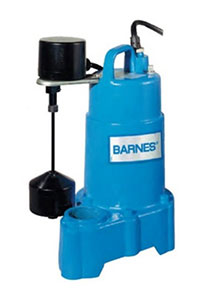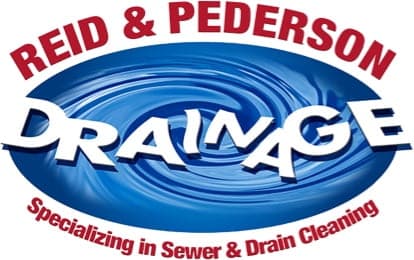A Drainage Minute: The Reid & Pederson Drainage Blog
The Difference Between Sump Pumps & Ejector Pumps

If your home has a basement, there’s a pretty good chance it contains a sump pump (or two) and/or an ejector pump. Both of these types of pumps are important components of your home that keep water out of your basement and keep it dry.
Although they both work in similar ways, there are differences between sump pumps and ejector pumps.
Continue reading to learn more or simply reach out to our drain and sewer pros with any questions you might have!
How Sump Pumps Work
- Sump pumps prevent water from entering your home’s foundation. Heavy rains and snowmelt can cause issues, especially if your home sits below the water table line or there are drainage issues around your home. Sump pumps pump groundwater and excess rainwater away from your home’s foundation, preventing water from entering it through cracks or holes in your foundation.
- Sump pumps work by collecting water from the drain tile system. The water accumulates in the sump pit and once it reaches capacity, the float switch on the pump activates the pump. The accumulated water is then pumped out and away from the home through a discharge pipe.
- Sump pumps run on electricity. So if your power tends to go out during stormy weather, it’s a good idea to consider installing a battery backup system. Battery backup systems turn on in the event of a power failure that prevents your main electrical pump from running. Although a backup system is an investment, it’s a small price to pay rather than dealing with everything that comes along with a flooded basement.
If you’re running into problems with your sump pump, be sure to read our blog post or reach out to us!
How Ejector Pumps Work
If you have a bathroom or laundry room on your lower level, you most likely have an ejector pump in your basement as well. While your sump pump works to pump away excess groundwater, ejector pumps work the same way; however, they pump wastewater from the bathroom drains out and away from your home.
Because lower level bathroom fixtures are located below the level of the main sewer line, and also because the flow of wastewater depends on gravity, a pump is required to elevate the wastewater so it can properly flow out of the home.
Ejector pumps are installed in a pit that is dug well below the grade of a home. The drain lines of all basement fixtures drain into this pit. When the wastewater in the pit reaches a certain level, the pump turns on and pumps the sewage up to the level of the sewer line where it is then pumped out of the home. This process repeats every time the pit fills. For an average sized home, the pit can usually collect around 30 gallons of wastewater before turning on. Be sure to check out our “All About Ejector Pumps” post to learn more!
Ejector and Sump Pump Experts
Reid & Pederson installs both sump and ejector pumps. If you’re experiencing issues with yours or need to replace your old one, we are always just a phone call away. We can dispatch a technician right away to solve your pump problems for you!
